 W
WWilliam Ashford (1746–1824) was an English painter who worked exclusively in Ireland, where he lived from the age of 18, having initially gone there to take up a post with the Ordnance Office. His earliest paintings were flower pieces and still lifes, but from 1772 he exhibited landscapes. He became President of the Irish Society of Artists in 1813, and was first elected President of the Royal Hibernian Academy. His works include a set of views in and around Mount Merrion, painted for the 4th Earl FitzWilliam.
 W
WJohn James Barralet was an Irish artist who spent the later part of his career in the United States.
 W
WGeorge Barret Sr. was an Irish landscape artist who is best known for his oil paintings, but also sometimes produced watercolours. He left Ireland in 1762 to establish himself as an artist in London and rapidly gained recognition as a leading artist of the period. He exhibited at the Society of Artists of Great Britain and was able to gain patronage from many leading art collectors. Barrett with other leading members left the Society in 1768 to found the Royal Academy, where he continued to exhibit until 1782. Barrett appears to have travelled extensively in England including the Lake District and the Isle of Wight, Wales, and Scotland to undertake commissions for his patrons. Barret suffered from asthma and this caused him to move in 1772 to Westbourne Green, at the time a country village to the west of Paddington. While he earned considerable quantities of money from his paintings, he has been described as being ‘‘feckless’’ with money. He was helped in 1782 by Edmund Burke, with whom he had become friends when Burke attended Trinity College, Dublin. On Burke's recommendation he obtained the appointment of master painter of Chelsea Hospital, a post he held until his death in 1784. At the time of his death his widow and children were left destitute, but the Royal Academy granted her a pension of thirty pounds a year.
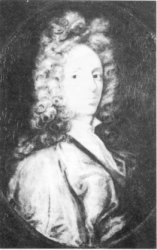 W
WFrancis Bindon was a popular architect and painter in 18th century Ireland. Bindon was highly regarded by his contemporaries and was commissioned to design buildings and paint portraits for some of Ireland's most prominent figures. Today, relatively little is known about the man, despite the number of paintings and buildings he has left as his legacy.
 W
WJohn Boyne, born in the County Down about 1750, is known as a water-colour painter of some repute. He was apprenticed to William Byrne, the landscape engraver, but it is said led a wild kind of life. He died in 1810.
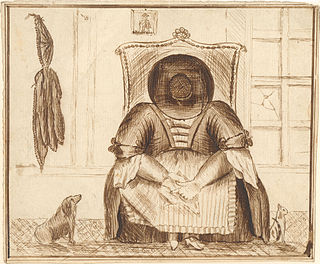 W
WHenry Brocas was an Irish artist known for his landscapes.
 W
WAdam Buck (1759–1833) was an Irish neo-classical portraitist and miniature painter and engraver principally active in London.
 W
WThomas Burke was an Irish engraver and painter.
 W
WRobert Carver was a Dublin born Irish painter, who worked as a painter of theatre scenery as well as painting framed works.
 W
WCharles Collins was an Irish painter.
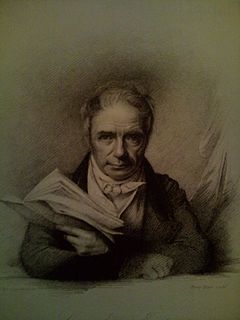 W
WJohn Comerford (1773–1832) was a miniature painter.
 W
WWilliam Cuming (1769–1852) was an Irish portrait painter, a president of the Royal Hibernian Academy.
 W
WLaurence Dermott was born in Ireland and became a Freemason in 1741. He held various offices before being installed as Worshipful Master of Lodge No. 26 in Dublin on 24 June 1746. He moved to London in 1748, possibly working as a journeyman painter, and possibly with a view to expanding his father's business. He would later work as a wine merchant, like his father. He was married to Elizabeth Dermott but his will does not list any children. He lived in Aldgate, Mile End and Stepney. He served as Grand Secretary of the Ancient Grand Lodge of England from 1752 to 1771. He wrote and published the Book of Constitutions of this Grand Lodge for the Ancient Grand Lodge of England, which he titled the Ahiman Rezon. Above all, it was Dermott's drive and tenacity that is credited with turning an association of six London lodges in 1751 into a viable and successful Grand Lodge, with lodges throughout England and the colonies.
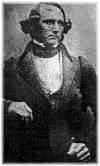 W
WAndrew Doyle was an Irish painter, engraver and farmer. After he was found in possession of a watermark of the Bank of Ireland used for forged bank notes, in 1802 he was exiled for life to Australia.
 W
WSusanna Drury, later Susanna Warter was an Irish painter. Though little is known of her life or work, she was very influential in the development of Irish landscape painting. She is chiefly noted for her watercolor drawings of the Giant's Causeway in County Antrim, which brought international attention to the site.
 W
WJonathan Fisher was an Irish painter.
 W
WThomas Frye was an Anglo-Irish artist, best known for his portraits in oil and pastel, including some miniatures and his early mezzotint engravings. He was also the patentee of the Bow porcelain factory, London, and claimed in his epitaph to be "the inventor and first manufacturer of porcelain in England," though his rivals at the Chelsea porcelain factory seem to have preceded him in bringing wares to market. The Bow porcelain works did not long survive Frye's death; their final auctions took place in May 1764.
 W
WHugh Douglas Hamilton was an Irish portrait-painter. He spent considerable periods in London and Rome before returning to Dublin in the early 1790s. Until the mid-1770s he worked mostly in pastel. His style influenced the English painter Lewis Vaslet (1742–1808).
 W
WThomas Hickey (1741–1824) was an Irish painter.
 W
WNathaniel Hone was an Irish-born portrait and miniature painter, and one of the founder members of the Royal Academy in 1768.
 W
WHugh Howard was a portrait-painter and collector of works of art from Dublin.
 W
WRobert Hunter was a portrait-painter and a native of Ulster. He studied under the elder Pope, and had a considerable practice in Dublin in the middle of the eighteenth century. He modelled his tone of colouring on the painting of old masters.
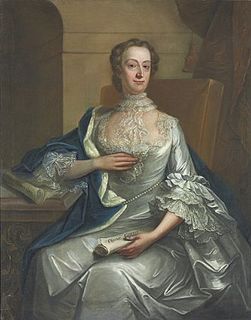 W
WPhilip Hussey, portrait-painter, born at Cork.
 W
WCharles Jervas was an Irish portrait painter, translator, and art collector of the early 18th century.
 W
WJames Latham was an Irish portrait painter.
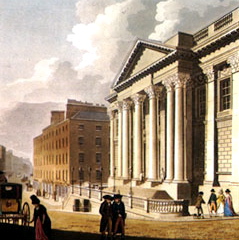 W
WJames Malton (1761–1803) was an Irish engraver and watercolourist, who once taught geometry and perspective and worked as a draughtsman in the office of the celebrated Irish architect James Gandon.
 W
WGeorge Mullins was an Irish landscape painter.
 W
WGarret Morphy was an Irish painter.
 W
WJohn Ramage was an Irish American artist, goldsmith, patroller, and second lieutenant. He was best known for painting portrait miniatures, and being the first artist to paint George Washington while serving as the President of the United States.
 W
WThomas Roberts was an Irish landscape artist, who was born about 1749 and died in 1778.
 W
WSampson Towgood Roch (1757–1847) was an Irish painter of miniatures. The son of William and Mary Roch of Youghal, in County Cork, he was born deaf. It is unknown with whom he studied; he may have been self-taught. By 1779 he had established himself in Dublin, and in the years following is known to have worked in England. Beginning in 1786 he lived in Cork; while there he married a distant cousin. In 1792 the couple moved to Bath, where his practice flourished. Roch returned to the family home in County Waterford in 1822; there he died in 1847. Besides painting miniatures, he also sketched scenes of Irish rural life.
 W
WSir Martin Archer Shee was an Irish portrait painter and president of the Royal Academy.
 W
WHenry Tresham was an Irish-born British historical painter active in London in the late 18th century. He spent some time in Rome early in his career, and was professor of painting at the Royal Academy of Arts in London from 1807 to 1809.